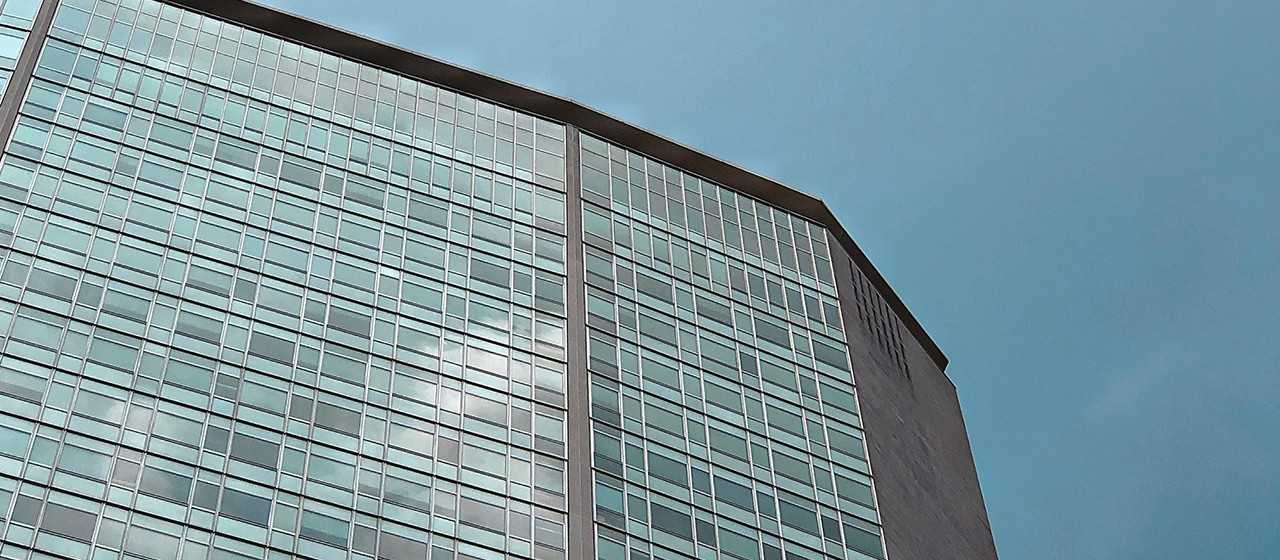The Pirelli Tower, or “Pirellone” as it’s affectionately known by locals, stands as a testament to Milan’s post-war resurgence and modern architectural prowess. Completed in 1960, this iconic skyscraper was designed by the renowned architect Gio Ponti, with the structural engineering expertise of Pier Luigi Nervi. It was commissioned by the Pirelli company, a major player in the tire and rubber industry, to serve as its headquarters. Today, the Pirelli Tower is not just a functional office building but a symbol of Milan’s economic vitality and architectural innovation.
Architectural Significance
The Pirelli Tower is celebrated for its sleek, minimalist design, which was groundbreaking at the time of its construction. Standing at 127 meters tall, it was one of the tallest buildings in Europe when it was completed. The tower’s design is characterized by its slender, diamond-shaped profile, which reduces wind resistance and gives it a distinctive, elegant appearance. The use of reinforced concrete and glass was innovative for its time, allowing for large, open office spaces with plenty of natural light. The building’s facade is a curtain wall system, which was a novel concept in the 1960s, emphasizing transparency and lightness.
The tower’s design reflects the principles of modernism, focusing on functionality, simplicity, and the honest expression of materials. Its clean lines and geometric form have influenced countless skyscrapers around the world. For architecture enthusiasts, the Pirelli Tower is a must-see, representing a pivotal moment in the evolution of high-rise design.
Cultural and Economic Impact
Beyond its architectural significance, the Pirelli Tower has played a crucial role in Milan’s cultural and economic landscape. As the headquarters of Pirelli, it was a symbol of Italy’s post-war industrial boom and economic recovery. The tower’s construction marked Milan’s transformation into a modern metropolis, attracting businesses and fostering economic growth.
The building has also been a cultural icon, featured in numerous films and photographs, symbolizing Milan’s blend of tradition and modernity. It stands in the heart of the city, near the Central Station, making it a prominent feature of Milan’s skyline. The tower’s presence has helped establish Milan as a hub of design and innovation, attracting architects, designers, and artists from around the world.
Visiting the Pirelli Tower
For those interested in exploring the Pirelli Tower, it is located in the bustling business district of Milan, easily accessible by public transportation. While the building primarily serves as office space, it occasionally opens its doors to the public for special events and exhibitions. Visitors can admire the tower’s exterior and its surrounding plaza, which offers a great vantage point for photography.
Nearby, you’ll find other attractions such as the Milano Centrale railway station and the modern Porta Nuova district, which features contemporary architecture and vibrant public spaces. The area is also home to numerous cafes, restaurants, and shops, making it a perfect spot to experience Milan’s dynamic urban life.
In summary, the Pirelli Tower is more than just a building; it’s a symbol of Milan’s resilience, innovation, and cultural richness. Whether you’re an architecture aficionado or simply exploring the city, the Pirelli Tower offers a glimpse into the past and future of Milan’s architectural landscape.
